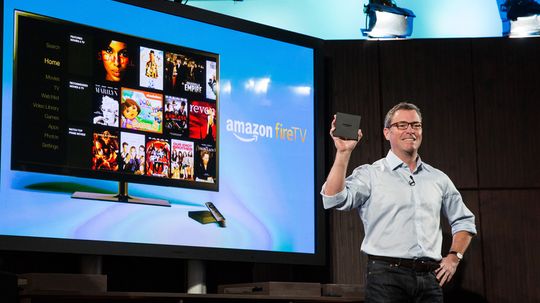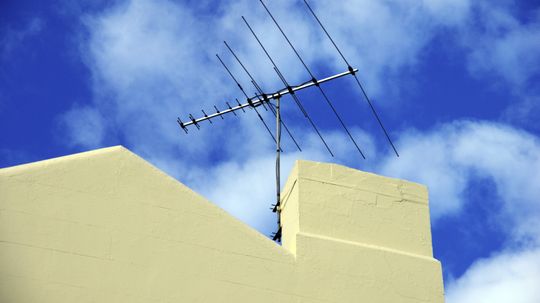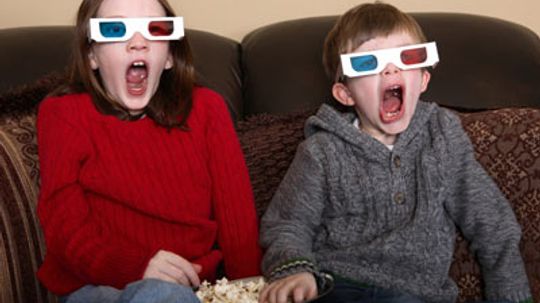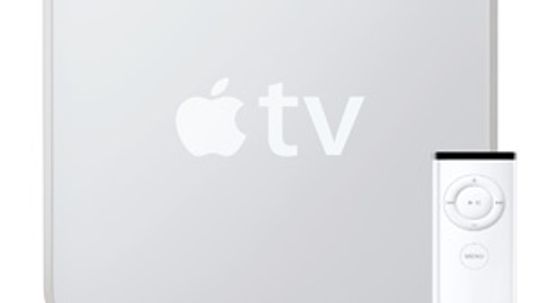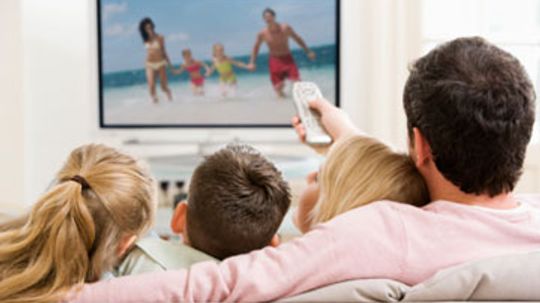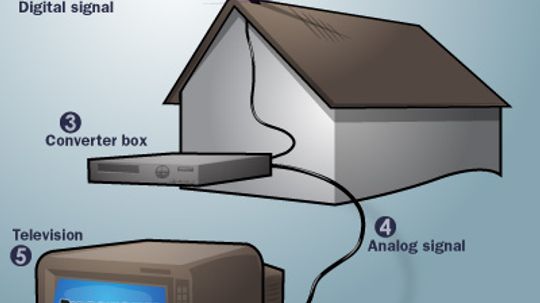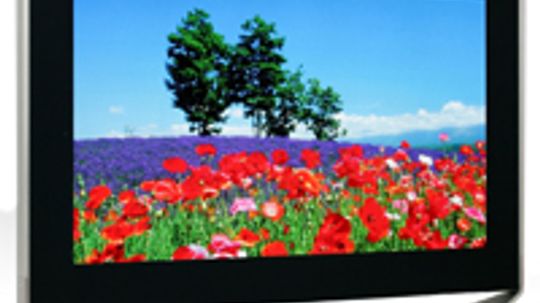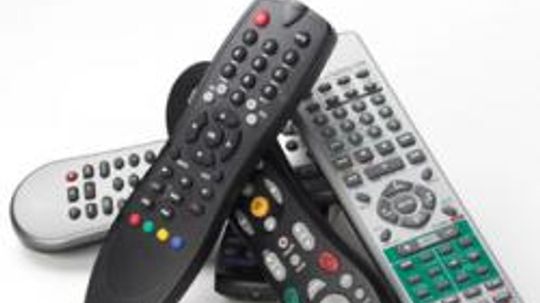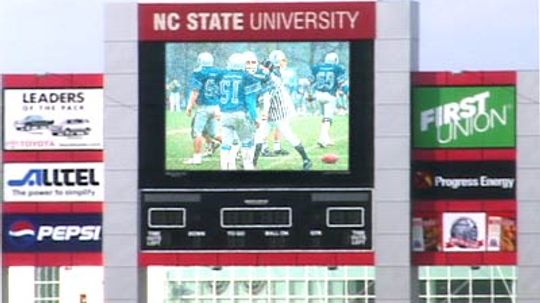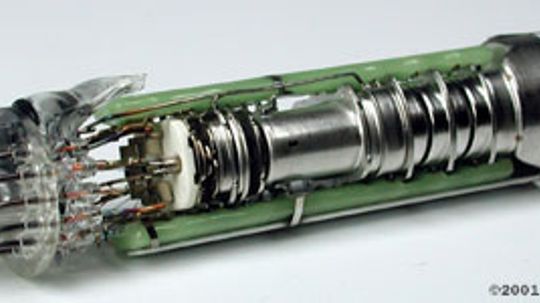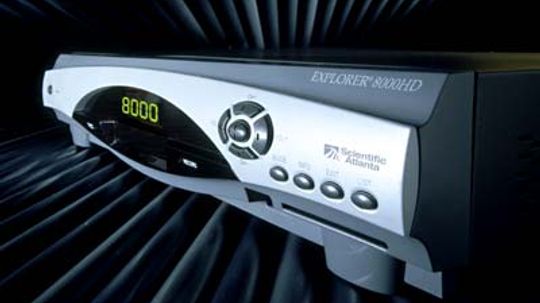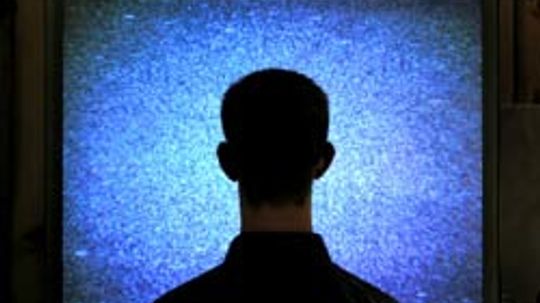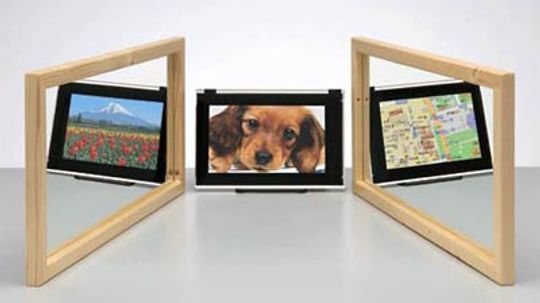TV Technology
There is always something new to learn about TV technology. Learn about different types of televisions and the technology that makes TV possible.
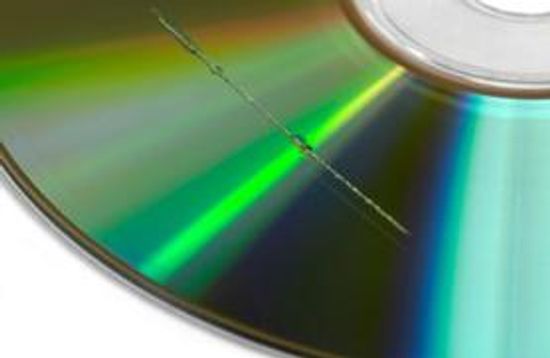
How to Fix a Scratched Disc

How Apple AirPlay Works

How to Look and Sound Good on Your Videoconference Call
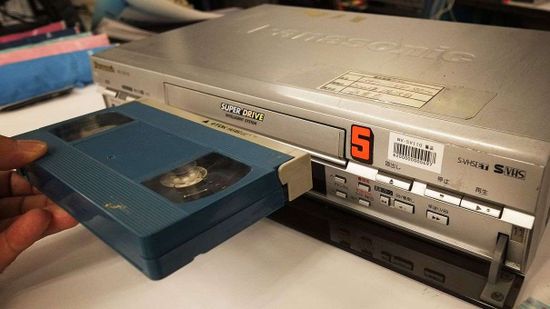
The World Has Finally Made Its Very Last New VCR
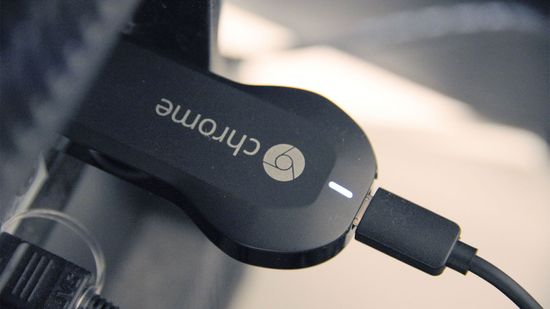
What Is Chromecast?

720p vs. 1080p: What You Need to Know About HD Resolutions

How the Dallas Cowboys Scoreboard Works
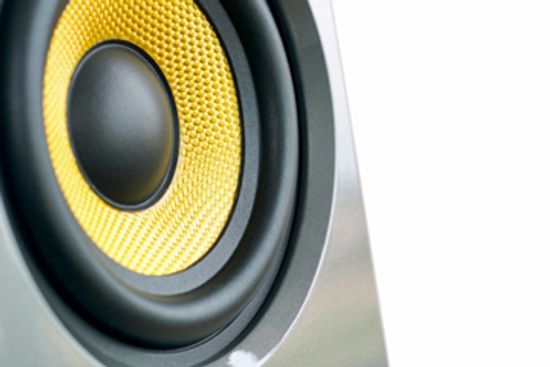
How Weatherproof Speakers Work
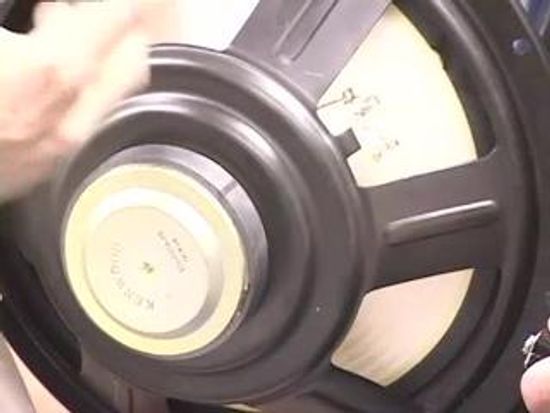
What's a voice coil on a speaker?

What is a speaker tweeter?

How Switched Digital Video Works
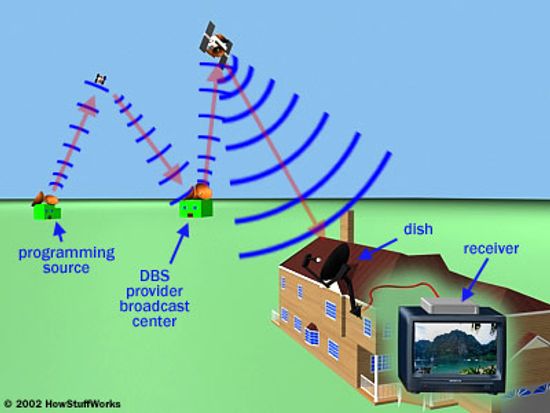
How Satellite HD Works
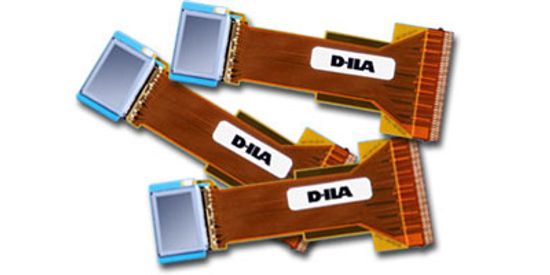
How LCoS Works
Learn More
If you're shopping for a new TV, you may have to weigh the pros and cons of a QLED vs. OLED TV display. These two types of technology are similarly named but fundamentally very different.
By Marie Look
That grayish background on your TV may not be because of your infrequent screen-cleaning. There's a problem called the dirty screen effect that sometimes appears, thanks to the inner workings of your TV.
Set-top boxes are a good bridge between the Internet and your TV and the newest player in the game is Amazon Fire TV. So, is this device good for you, or just good for Amazon?
By Dave Roos
Advertisement
You've probably seen 1080p while using a TV or video streaming service. But what does it mean? Let's get into the details!
You don't know how to connect your new projector to your TV. This article will tell you how to connect a projector to a TV.
If you know how to PC-power your TV set, you can view everything from your computer on your TV set. Learn about how to PC-power your TV set in this article.
Once you know how to boost digital TV signals, you'll never miss any scenes of your favorite show due to poor DTV reception. This article shows you how to boost digital TV signals.
Advertisement
You may be able to keep using your old antenna or you may have to add a new one or an outdoor one. Learn whether you can watch TV with an antenna from this article.
Yes, portable analog TVs still work, but you may need to get a digital-to-analog converter box. Learn whether portable TVs still work from this article.
When you think of watching a movie in 3-D, you may think of those goofy glasses with multicolor lenses. But that's the old way to do 3-D. Now, you might not need glasses at all.
Apple TV has been around since 2006, but it's fallen out of favor with Apple fans as the company turned its attention toward music lovers. Now, Apple TVs are flying off the shelves as users discover their compatibility with HDTV.
Advertisement
TVs have come a long way since the early days. Tune in to see how televisions have evolved from the clunky sets of the 1940s to today's streamlined, Internet-accessing units.
On Feb. 17, 2009, TV sets in the United States will need a converter to watch local stations. Is your television ready for the switch?
Internet TV is relatively new -- there are lots of different ways to get it, and quality, content and cost can vary greatly. Internet TV streams television signals over the Internet to a person's computer screen or TV set.
By John Fuller
Ever wonder how television works? The technology has been around long enough to seem ordinary, but the box that brings TV shows into your home is an amazing device. How is the picture formed? Where does the color come from? Let's find out!
Advertisement
The surface-conduction electron-emitter display (SED) combines the picture quality of a CRT with the compact design of a flat-screen plasma display. Learn exactly how the SED-TV creates a picture.
In WWII, remote controls detonated bombs for the first time. Now some of us spend an hour looking for the remote before we remember there are buttons on the TV. Find out the difference between a "universal" and a "learning" remote and check out some of the other high-tech features you can find on remotes today.
By Julia Layton
Satellite TV once required a huge eyesore of a dish positioned on the lawn. These days, you can receive the digital satellite signal with a tiny bowl attached to your roof. Find out how satellite TV works.
By Karim Nice & Tom Harris
The video screens at sporting events and concerts are almost like your TV -- except that they're GIGANTIC! Learn about the technology that makes these 30-foot displays possible.
Advertisement
They sound a little bit like something out of "Star Wars," but they're actually the devices that are at the heart of most TVs and computer monitors.
When the picture has to be BIG, a traditional CRT monitor isn't practical. For an oversized image, projection television is a must. Learn how these video systems produce a high-resolution image for a huge screen.
Millions of people receive their television signal through a cable TV connection. Most of them don't actually know what "cable TV" is, what it does or how it got its name. Find out!
Closed captioning is useful for deaf individuals, noisy places and even as a language learning tool. How do the characters' spoken words appear at the bottom of the screen?
Advertisement
Liquid crystal displays are found in everything from digital watches to laptop computers. In a relatively short period of time, they've crept from a fascinating novelty item to a technology standard. Learn about the science (a liquid crystal?) and technology behind LCDs.
By Jeff Tyson
As of 1999, all new television sets sold in the United States have to contain a V-chip. How does the V-chip screen for undesirable content?


